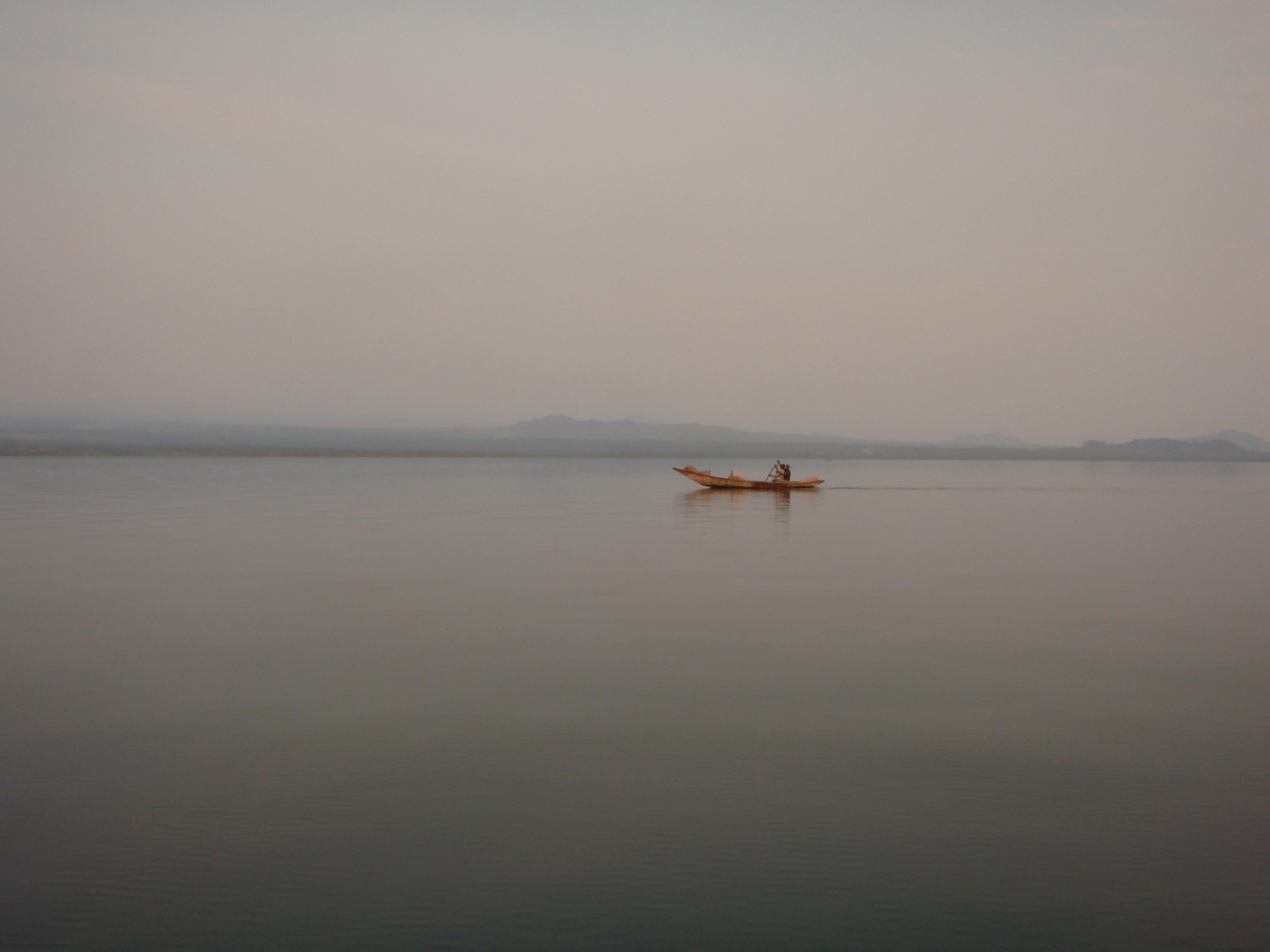How ancient microbes created massive ore deposits, set the stage for early life on Earth
November 27, 2019

November 27, 2019

New research in Science Advances is uncovering the vital role that Precambrian-eon microbes may have played in two of the early Earth's biggest mysteries.
University of British Columbia (UBC) researchers, and collaborators from the universities of Alberta, Tübingen, Autònoma de Barcelona and the Georgia Institute of Technology, found that ancestors of modern bacteria cultured from an iron-rich lake in Democratic Republic of Congo could have been key to keeping Earth’s dimly lit early climate warm, and in forming the world’s largest iron ore deposits billions of years ago.
The bacteria have special chemical and physical features that in the complete absence of oxygen allow them to convert energy from sunlight into rusty iron minerals and into cellular biomass. The biomass ultimately causes the production of the potent greenhouse gas methane by other microbes.
"Using modern geomicrobiological techniques, we found that certain bacteria have surfaces which allow them to expel iron minerals, making it possible for them to export these minerals to the seafloor to make ore deposits," said Katharine Thompson, lead author of the study and PhD student in UBC's department of Microbiology and Immunology.
"Separated from their rusty mineral products, these bacteria then go on to feed other microbes that make methane. That methane is what likely kept Earth’s early atmosphere warm, even though the sun was much less bright than today."
This is a possible explanation to the 'faint-young-sun' paradox, originated by astronomer Carl Sagan. The paradox is that there were liquid oceans on early Earth, yet heat budgets calculated from the early Sun’s luminosity and modern atmospheric chemistry imply Earth should have been entirely frozen. A frozen Earth would not have supported very much life. A methane-rich atmosphere formed in connection to large-scale iron ore deposits and life was initially proposed by University of Michigan atmospheric scientist James Walker in 1987. The new study provides strong physical evidence to support the theory and finds that microscale bacterial-mineral interactions were likely responsible.
"The fundamental knowledge we’re gaining from studies using modern geomicrobiological tools and techniques is transforming our view of Earth's early history and the processes that led to a planet habitable by complex life including humans," said senior author of the paper, Sean Crowe, Canada Research Chair in Geomicrobiology and associate professor at UBC.
"This knowledge of the chemical and physical processes through which bacteria interact with their surroundings can also be used to develop and design new processes for resource recovery, novel building and construction materials, and new approaches to treating disease."
In the future, such geo-microbiological information will likely be invaluable to large-scale geoengineering efforts that might be used to remove from CO2 from the atmosphere for carbon capture and storage, and again influence climate through bacterial mineral interactions.
We honour xwməθkwəy̓ əm (Musqueam) on whose ancestral, unceded territory UBC Vancouver is situated. UBC Science is committed to building meaningful relationships with Indigenous peoples so we can advance Reconciliation and ensure traditional ways of knowing enrich our teaching and research.
Learn more: Musqueam First Nation